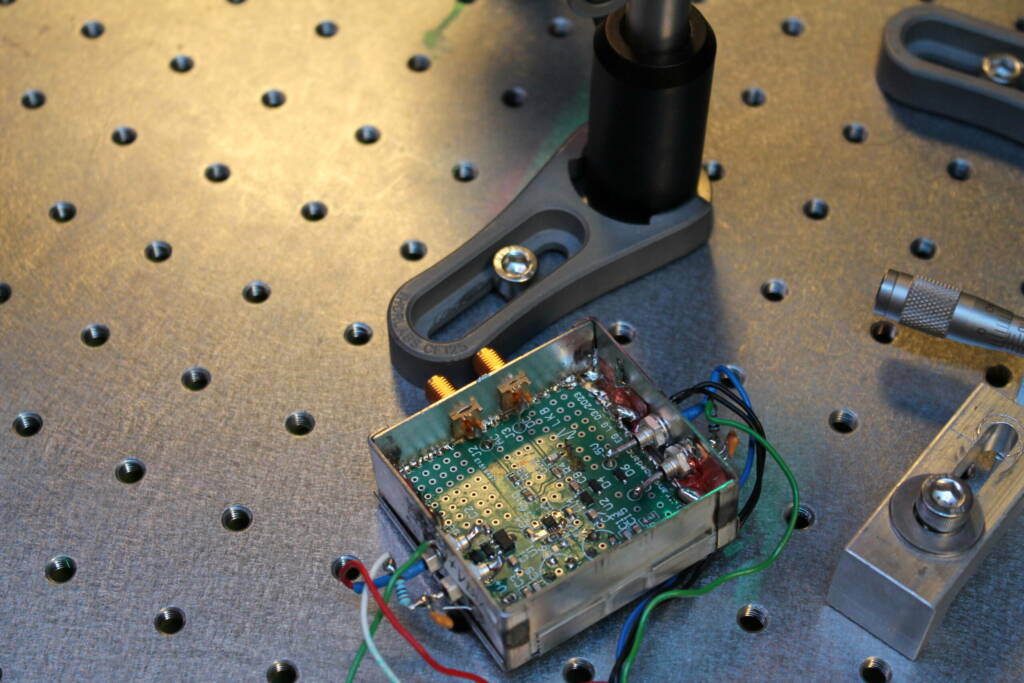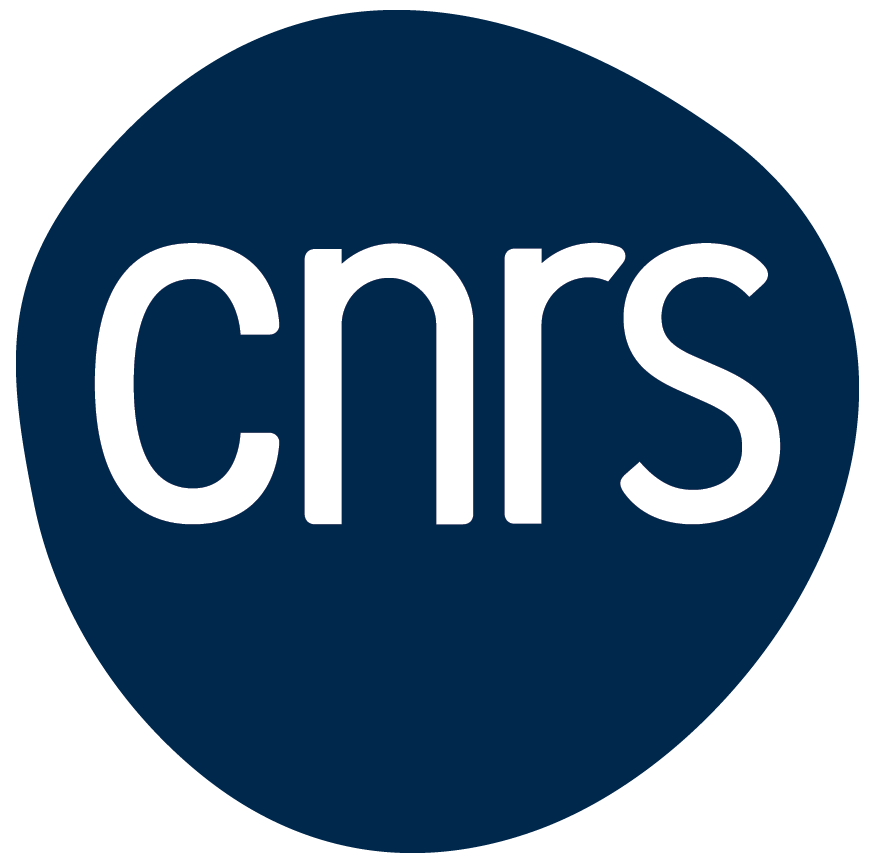Superfluid Helium and Negative Pressures
Recent results published in Physical Review Letters challenge previous estimates of the cavitation pressure.

Liquid helium-4 at low temperatures is a model material for condensed matter physics for two main reasons. First, atomic interactions are weak, and quantum effects play a significant role on a macroscopic scale. Second, liquid helium-4 can be obtained with remarkable purity.
When preparing a sample of liquid helium-4 in an experimental cell, any atomic or molecular impurities other than helium freeze along the cell’s filling line or on the cell walls. As a result, the intrinsic properties of the liquid can be studied without interference from impurities.
Liquid helium-4 is particularly well-suited for probing the metastable states of condensed matter and offers the potential to study homogeneous nucleation—phenomena occurring without the assistance of liquid impurities.
During the 1990s and 2000s, pioneering experiments, now well-known in the scientific community, created metastable states of liquid helium by focusing intense sound waves within the liquid. During the decompression phase of the acoustic wave, the liquid was brought to pressures below its saturated vapor pressure, entering a metastable state.
At sufficiently high acoustic intensities, the liquid destabilizes, and a bubble forms at the acoustic focus—this is cavitation. Theoretical studies have estimated the pressure at which cavitation occurs, but experimental measurements remain extremely challenging due to the fragility of metastable states. Estimates based on experiments from the 2000s suggested that cavitation pressure at 1 K is negative, around –9 bar, and that nucleation is homogeneous. While the concept of negative pressure may seem surprising, it can be understood by imagining a fluid in a container. When the particles of the fluid push against the container walls, the pressure is positive; when they pull, the pressure becomes negative.
During Lionel Djadaojee’s PhD research, we developed a Brillouin spectrometer capable of measuring the compressibility of a liquid on spatial scales of about 20 µm and temporal scales of about 200 ns. This allowed us to measure the compressibility of metastable states of helium-4 produced using the aforementioned acoustic methods. Combined with interferometric density measurements conducted by the group several years ago, these measurements allowed us to determine the pressure at the cavitation threshold.
The recent results published in Physical Review Letters challenge previous estimates of the cavitation pressure and suggest that nucleation in such experiments may actually be heterogeneous. Quantized vortices in the superfluid might act as quantum defects at which cavitation bubbles form. Brillouin Spectroscopy of Metastable Superfluid Helium-4 – Lionel Djadaojee et Jules Grucker
Phys. Rev. Lett. 129, 125301 https://doi.org/10.1103/PhysRevLett.129.125301
Read also
CNRS Recruitment – Join the LKB
External Recruitment for Researchers (M/F)
Nathan Goldman is among the Highly Cited Researchers
Clarivate list



